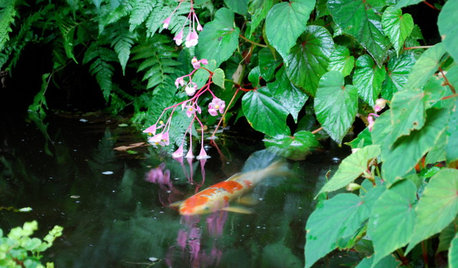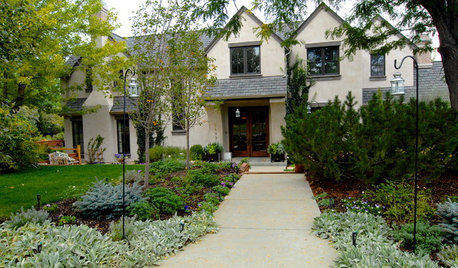Indian Hawthorn
onemoreplant
15 years ago
Related Stories

LANDSCAPE DESIGNExplore Your Garden Personality: The Artist
Drawn to shapes, textures and colors? Let your landscape be your canvas
Full Story
LANDSCAPE DESIGNThe 7 Best Plant Types for Creating Privacy and How to Use Them
Follow these tips for using different kinds of plants as living privacy screens
Full Story
FALL GARDENINGWhy Fall Is the Best Time for Planting
Spring is overrated for planting. Starting plants in autumn has advantages for both garden and gardener
Full Story
HOUZZ TOURSMy Houzz: European Country Style in Colorado
Defying a challenging lot, height restrictions and a short time frame, a couple builds a stunning home and backyard space for their family
Full Story
GARDENING GUIDES15 Native Flowers That Feed Native Bees
These perennials offer superfood to hundreds of bees and are gorgeous in their own right
Full Story
GARDENING GUIDESGarden-Friendly Native Alternatives to Overplanted Exotics
There are lots of gorgeous, wildlife-friendly native plants ready to make an appearance in your garden
Full Story


Okiedawn OK Zone 7
onemoreplantOriginal Author
Related Discussions
Freeze damage Indian hawthorne
Q
Indian Hawthorne Trees need your help!
Q
Indian Hawthorn -Need help for under front window
Q
Indian hawthorn
Q
Okiedawn OK Zone 7
onemoreplantOriginal Author
Okiedawn OK Zone 7
onemoreplantOriginal Author
lindseyh
Okiedawn OK Zone 7
pgwiz1